Although the circuit resonates at the same frequency as long as the product of L and C is the same, the impedance changes. The impedance is given by the sqrt(L/C) ratio.
This may not mean much when you're just playing around with resonance, and getting the frequency right. However, it becomes important when designing filters and oscillators.
Once you have loss in a circuit, you need to consider the circuit Q, also known as quality factor. This controls the bandwidth of the resonance. For a series resonant circuit, is given by L/R. For a constant loss term, changing the L/C ratio will change the circuit Q. If you use a filter design program, you won't have to worry about this too much, as when you specify a filter shape, and a terminating impedance, the program gives you the correct component values. If you change the component values, even keeping the product constant, the filter shape will change, due to changing the loaded Q of the elements, given the fixed termination resistance.
When you are playing with a simulation, or answering college questions, you will often vary the R terms to vary the Q. However, in real life, you sometimes don't have the opportunity to alter R. You may want a filter to work in a 50\$\Omega\$ system, your varactor may have an irreducible 1\$\Omega\$ series resistance, your bipolar oscillator transistor a very low and unincreasable effective base resistance. Then you have to worry about LC ratio.
Low noise oscillator designs that I have seen happening on the next bench along (I'm not an oscillator designer) have used 8 varactors in parallel and 10mm of 3mm wide track for the inductor at 500MHz. Not many people realise how important the L/C ratio is, which is why there are so few good oscillator designers, or really good oscillators.
TeX does work BTW, but I did have to dig around a bit to find out how. On this site, escape the $ with a \
